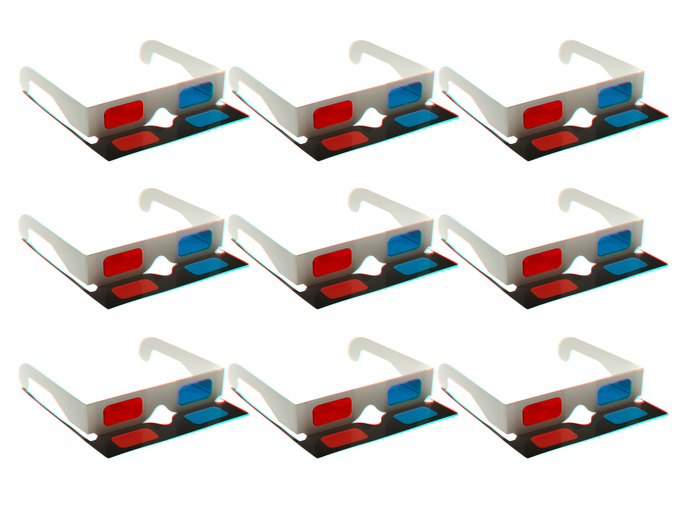Black Inventions We Can’t Live Without
What do an ice cream scooper and a blood bank have in common? A Black inventor. Check out a few inventions that we have Black inventors to thank for that are commonly used on a daily basis.
 (Getty Images)
(Getty Images)
Since 1976, February has been designated Black History Month in the United States to highlight and honor African Americans’ contributions to U.S. history. Below are a few Black inventors who created products that make our lives easier and have even saved lives on an everyday basis.
The Three-Way Street Lights – 1923
Every time you step outside, it’s almost impossible to notice a street light. The red, yellow and green lights let drivers and pedestrians know when it is safe to go, when to slow down and when to stop. This is all thanks to Garrett Morgan, an Ohio native known as the “Black Edison.” Morgan was the first black man in Cleveland to own a car; the invention of the three-way light system was born after witnessing a car crash in an intersection. Shortly after, he filed for a patent for his solution, and the invention was widely distributed in the United States, Britain, and Canada. Morgan “eventually sold the rights to General Electric for $40,000.”
Blue 4-Legged Mailbox – 1891
Have you noticed those blue mailboxes in your neighborhood? They make it easy for you to drop off a letter or mail without having to make a trip to the post office, an issue that Philip B. Downing from Providence, Rhode Island, worked to solve. He thought out the invention thoroughly and created a hinge down to prevent theft and to prevent fragile paper letters from weather increments such as rain and snow.
Ice cream scoopers- 1897
How annoying would it be to use a regular spoon to scoop our ice cream? Thankfully, Alfred L. Cralle, a native of Virginia, created this and held the device after noticing people who scooped ice cream at his hotel job struggle to get the ice cream off of the spoon. It was made in a shape that could easily fit on a cone and could be used with one hand. The materials were also durable to ensure the longevity of the device.
3-D Movies – 1980
The next time you go to the movies and select to view it in 3-D, just know you have a Black woman to thank for it. Valerie Lavern Thomas is from Baltimore, Maryland, and is a Morgan State University graduate where she studied physics. She would later go on to work for NASA where she discovered “flat mirrors would create a reflection making an object appear behind the glass, concave mirrors would make the reflection look as if it was in front of the glass, producing a three-dimensional illusion.” She developed this into technology that is used in 3-D movies and NASA to this day.
Lawnmower Rotary Blade – 1898
The close and clean look of a freshly mowed lawn is all thanks to John Burr and his invention of the rotary blade. Burr, originally from Maryland, was an enslaved person until the age of 17. Always interested in mechanics, he came up with the invention of the rotary blade to help prevent the amount of clogging that the clips would produce. It also allowed the lawnmower to maneuver better than it had initially. Burr was credited and given his flowers for his contribution.
Blood Banks – 1941
Millions of lives have been saved due to blood banks created by Dr. Charles Richard Drew, a profound scientist who not only broke color boundaries in science. He is known as the Father of the Blood Bank; during World War II, he found a way to preserve blood long-term; the American Cross adopted the technique. The only HBCU in California, Charles R. Drew University of Medicine and Science, is named after him.
There are many more inventions that African Americans have contributed to society; these are just a couple. It is so easy to look at an object and forget the creator of the item. This Black History Month, and beyond, let’s give Black inventors their flowers.
Ariyana Griffin is a graduate student at Morgan State University in Baltimore, Maryland. She is a California native and a graduate of Clark Atlanta University. Follow her on X: @Ariyanaaganee and Instagram: @ari.yana.g.
Edited by Nykeya Woods